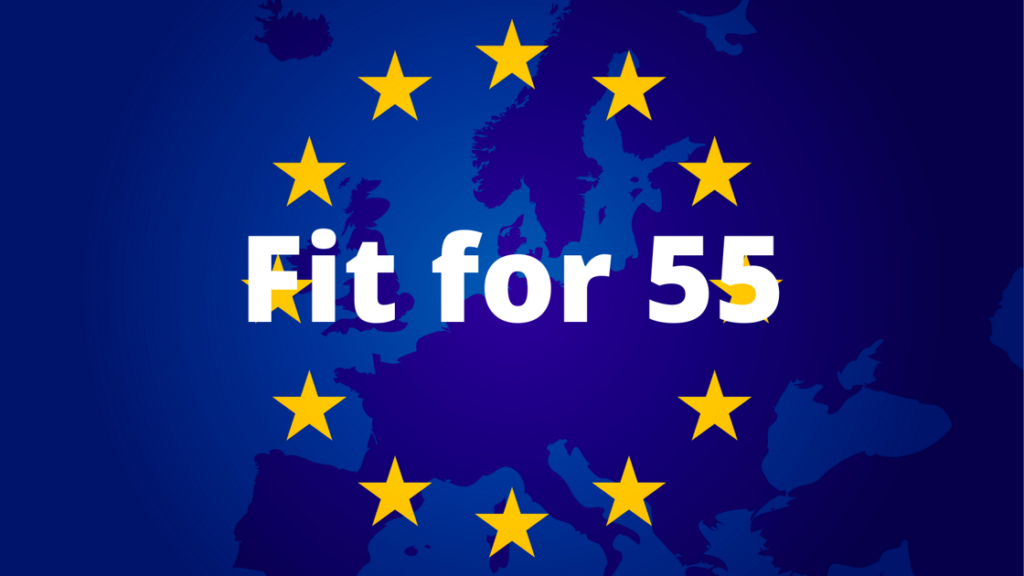RED II
What is the EU Renewable Energy Directive (RED II)?
Directive (EU) 2018/2001, also known as RED II (Renewable Energy Directive), is designed to promote the use of energy from renewable energy sources in different sectors to increase the use of energy from renewable energy sources to fight climate change, protect the environment and reduce the EU’s energy dependence.
The EU has set targets to reduce greenhouse gas emissions, meet the 2015 Paris Agreement and the EU’s climate and energy policy framework: The European Green Deal.

Directive (EU) 2018/2001, also known as RED II (Renewable Energy Directive), is designed to promote the use of energy from renewable energy sources in different sectors to increase the use of energy from renewable energy sources to fight climate change, protect the environment and reduce the EU’s energy dependence.

The EU has set targets to reduce greenhouse gas emissions, meet the 2015 Paris Agreement and the EU’s climate and energy policy framework: The European Green Deal.
The European Green Deal aims to achieve a climate-neutral Europe by 2050. by 2050. An important part of achieving the targets set is the “Objective 55” package, which outlines the different actions on this pathway (including the Renewable Energy Directive, LULUCF, Energy Efficiency Directive, etc.).
The European Green Deal aims to achieve a climate-neutral Europe by 2050. An important part of achieving the targets set is the ‘Fit for 55’ package, which outlines the different actions on this pathway (including the Renewable Energy Directive, LULUCF, Energy Efficiency Directive, etc.).
Why choose us
Our advantages
Whether it is RED II, EUDR or any other regulation, understanding, interpreting, and using them is part of our daily work.
If you have any problems interpreting the regulation, contact us - we'll try to help.
Our portfolio of services includes a variety of certification schemes that strive to meet RED II requirements. We offer information seminars on RED II and the different certification schemes to raise awareness.
What does the EU Renewable Energy Directive cover?
The Directive lays down different rules and requirements concerning:
- financial support for electricity produced from renewable energy sources.
- the consumption of renewable electricity produced for own use.
- the use of energy from renewable energy sources in the heating, cooling, and transport sectors.
- regional cooperation between Member States and cooperation between Member States and third countries, guarantees of origin, administrative procedures and information and training.
- sustainability and greenhouse gas emission reduction criteria for biofuels, bioliquids and biomass fuels.

Who is affected by the EU Renewable Energy Directive?

If you:
- deal with biofuels, bioliquids and/or biomass fuels (e.g. forest-based biomass, agricultural biomass, waste and residues),
- produce electricity and/or heat from the above sources, fuel for transport,
you may be subject to different requirements under the Renewable Energy Directive.
How to prove compliance with the Directive?
The directive is addressed to EU member states, which in turn must implement the related requirements through legislation.
To understand which part of the Directive applies to you and what the requirements are*, you need to understand what you do and which sector your production is aimed at.
Depending on the area of activity, it is possible to ensure compliance within your own organisation by setting up a management system and/or by using various third-party certification schemes.
*laws (e.g. Energy Management Act) and implementing acts (e.g. Regulation 35 of the Minister of Climate Change).
How can we help you?
As a certification body, we are exposed to the requirements of the Renewable Energy Directive on a daily basis, as part of the various certification schemes.
Our auditors take part in related working groups, seminars and training courses that keep us abreast of the latest changes and interpretations and market trends.
If the directive applies to you (or if you are unsure) and you want to understand what solutions might be available to meet the requirements, please contact us – we will try to help you.
